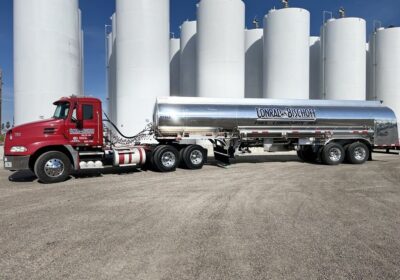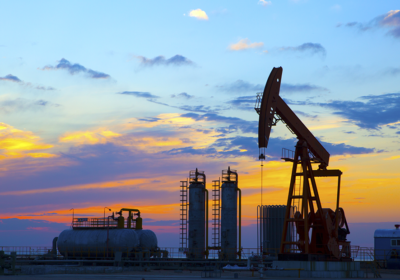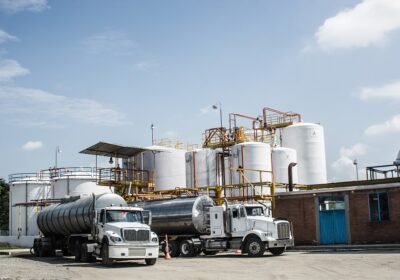In the commercial fuel sector, managing oil inventory efficiently is crucial to maintaining operational continuity and preventing costly disruptions. Oil tank monitoring systems have revolutionized how companies track and control their fuel resources, enabling better visibility, enhanced safety, and improved cost management. These systems have moved beyond traditional dipsticks and manual checks to offer real-time, automated insights that optimize fuel storage and usage across commercial operations.At the heart of this transformation is the concept of tank monitoring, which refers to the use of digital sensors and software platforms to monitor fuel levels, consumption trends, temperature changes, and other critical parameters. For commercial businesses that depend on fuel for heating, vehicle fleets, backup generators, or production equipment, tank monitoring means no more guesswork and no more unexpected shortages.
The real-time data these systems provide empower operations teams to make informed decisions, reduce waste, and plan for refueling with pinpoint accuracy. Modern oil tank monitoring systems are designed to be both scalable and versatile, making them suitable for a wide range of industries—from transportation and construction to agriculture and manufacturing. One of the most valuable features of these systems is remote access. Facility managers can check fuel levels and status updates from any device, whether they’re on-site or managing multiple locations across regions. This flexibility not only streamlines operations but also supports better inventory planning, especially in businesses where fuel consumption is high and fluctuates with seasonal demand.
Selecting the right provider among tank monitoring companies is an essential part of the process. A quality partner will not only install the technology but also offer support, training, and custom configurations tailored to specific business needs. These companies often provide advanced analytics platforms that can detect irregular usage patterns, predict refueling needs, and integrate with other systems used in logistics or facility management.
For commercial operations, this translates to fewer emergency deliveries, lower operational risks, and enhanced budget control.Beyond the logistics advantages, tank monitoring services also contribute significantly to regulatory compliance and environmental safety. Fuel storage—especially when handled in large volumes—carries the risk of spills, leaks, and emissions. With integrated alert systems, tank monitoring technology can notify managers the moment something unusual occurs, such as a sudden drop in fuel level that may indicate theft or a leak.
These services are vital in industries where fuel-related inctank monitoring, idents can lead to costly fines or legal repercussions. Monitoring solutions help ensure adherence to environmental standards and internal safety protocols.Particularly in large-scale operations, oil and gas tank monitoring takes on a critical role. In these environments, fuel is not just a resource—it’s the lifeline of the entire operation. From ensuring that drilling machinery stays active to maintaining power for remote locations, the stakes are high.
Reliable monitoring reduces the likelihood of unexpected downtimes by identifying and resolving potential issues early. Advanced sensors can measure pressure, temperature, and even vapor emissions, offering a 360-degree view of the storage conditions. This level of insight helps prevent incidents before they escalate and enhances long-term infrastructure integrity.Investing in a robust tank monitoring system is no longer a luxury for commercial enterprises—it’s a necessity. The benefits touch every aspect of a business’s fuel management, from logistics and safety to compliance and cost efficiency.
These systems provide a digital foundation that supports smarter, more responsive, and more sustainable fuel operations. As commercial fuel needs grow in complexity and scale, leveraging modern oil tank monitoring technology is the surest way to stay ahead of operational challenges, maintain control, and maximize value.







Leave feedback about this